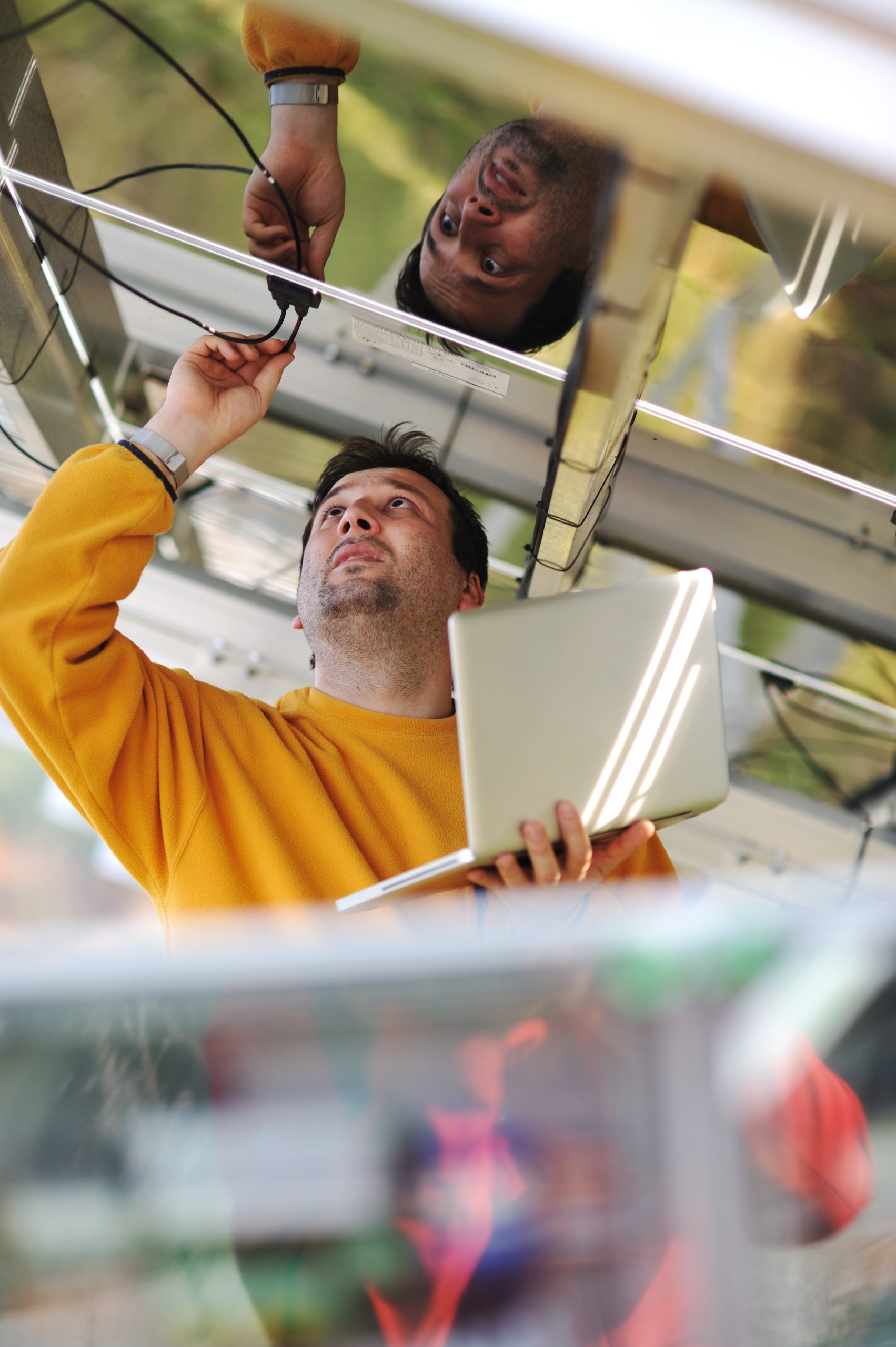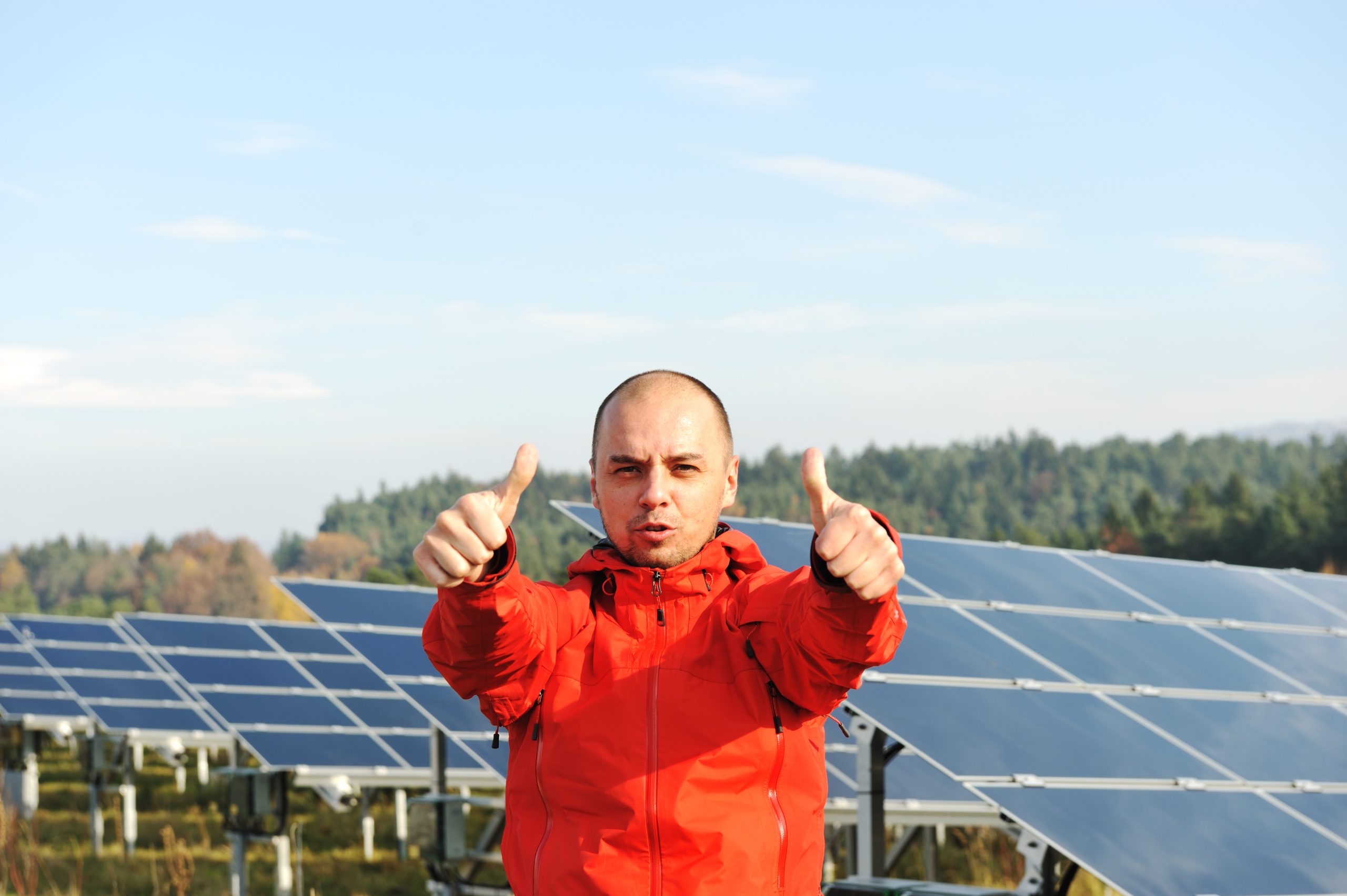Introduction to Solar Panels
If you’re considering making the switch to solar power, then congratulations! By choosing renewable energy, you’ll not only be reducing your carbon footprint but also saving money on your electricity bills in the long run. In this article, we’ll cover everything you need to know about installing and using solar panels.
Types of Solar Panels
There are several types of solar panels available on the market today. The most common type is monocrystalline silicon, which is made from a single crystal of silicon and has a high efficiency rate. Polycrystalline silicon is another popular option that uses multiple crystals of silicon and is slightly less efficient than monocrystalline panels. Other types include thin-film solar panels, which use layers of photovoltaic (PV) material deposited onto a substrate, and bifacial solar panels, which generate electricity from both sides of the panel.

How Do Solar Panels Work
Solar panels work by converting sunlight into usable electrical energy through the photovoltaic effect. When light hits the PV cells on the surface of the panel, it causes electrons to become excited and move around, creating an electric current. This current is then sent to an inverter, which converts it into AC electricity that can be used to power your home or fed back into the grid.

Benefits of Using Solar Power
One of the main benefits of using solar power is that it reduces your reliance on fossil fuels and helps to combat climate change. Additionally, solar panels can help you save money on your electricity bills over time, as they typically have a lifespan of at least 25 years. Many people choose to install solar panels as a way to increase their property value, as homes with solar systems tend to sell for more than those without them.
The Cost of Installing Solar Panels
The cost of installing solar panels varies depending on factors such as the size of your system, the location of your home, and the quality of the components you choose. On average, however, the cost per watt of installed capacity ranges from $3-$6, meaning that a typical residential system might cost between $7,000 and $14,000 after tax credits and rebates.
What is the Payback Period for Solar Panels
The payback period for solar panels depends on various factors, including the system’s initial cost, the amount of electricity it generates, and the prevailing electricity rates in your area. Generally speaking, though, most homeowners see a return on investment within 5-10 years, after which point their solar system will begin generating pure profit.
Choosing a Reputable Installer
When selecting a company to install your solar panels, it’s essential to choose one that has a good reputation and experience in the industry. Look for reviews from other customers, check if they offer warranties on their workmanship, and make sure they have all necessary licenses and certifications.
Maintenance and Cleaning Tips
Once your solar panels are installed, there’s very little maintenance required beyond occasional cleaning. To keep your panels functioning efficiently, try to avoid shading them with trees or buildings, and give them a quick rinse every few months to remove any dirt or debris buildup. If you live in a particularly dusty or polluted area, you may want to consider hiring a professional cleaner once a year.
Common Myths About Solar Panels Debunked
Despite the growing popularity of solar power, many myths still persist about its efficacy and affordability. Some of the most common misconceptions include the idea that solar panels don’t work well in cloudy climates, that they require frequent repairs and replacement, and that they’re too expensive for the average homeowner. However, these beliefs couldn’t be further from the truth; modern solar panels are designed to perform optimally even under low-light conditions, and with proper installation and maintenance, they can last upwards of 25 years with minimal repair costs. As for pricing, thanks to government incentives and decreasing manufacturing costs, solar power is becoming increasingly accessible to households across the country.
Conclusion
In conclusion, switching to solar power is a smart decision for anyone looking to reduce their environmental impact while also saving money on their utility bills. With so many options available in terms of panel types, financing methods, and installer choices, there’s no reason why everyone shouldn’t consider going solar. So what are you waiting for? Start researching your options today and take the first step towards a brighter, greener future.
Leave a Reply